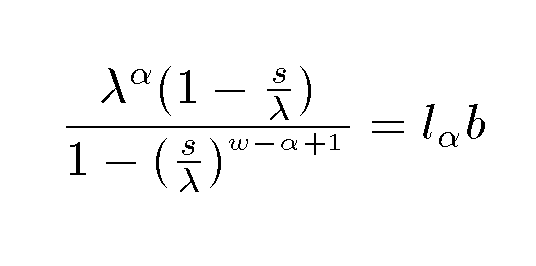
The Spooky Tooky is a large owl-like creature that tends to inhabit and mate in Old Growth Forest. The Spooky Tooky was once abundant in the wilderness but with the coming of the chain saw , the Spooky Tooky population is starting to dwindle. The Spooky Tooky population is important to the overall health of the ecosystem since they prey on the spineless manga toad that likes to suck the sap out of old growth trees, thus causing them to fall over, dead.
In addition, the Spooky Tooky can perform barrel rolls and loop to loop on command for the the entertainment of tourists visiting our National Forests. Thus, there is a keen need to develop effective policy to preserve the Spooky Tooky.
At last count, there were 12000 individual Spooky Tookies known. They are known to be long lived creatures and Sparky, the best known of all Spooky Tookies, is at least 60 years old (a.k.a. Sr. Tooky).
The Spooky Tooky, like most creatures in the forest, mate and produce offspring. Preservation of the Spooky Tooky then requires a habitat which a) lets them mate b) lets them have female offspring and c) lets the female offspring have a reasonable probability of living long enough to mate and have more female offspring. The Spooky Tooky long ago discovered the Viagra tree and even old Sparky can still produce offspring, provided he can find a mate.
For a species like the Spooky Tooky, it can be shown that the geometric growth rate of the population can be approximated by the following equation:

The terms in the above equation are the following:
Given a value of λ, we can then estimate the characteristic timescale of the population crash as

where N is the number of known individuals in the population (12000) in this case.
Below are three sets of data that have observationally determined the necessary parameters.
The three data sets come from the following agencies:
The personally funded study of Sunshine Moonbeam, again, President of the Sierra Club, whose position is quite firm that the majestic Spooky shall be no more, pretty soon, at the present rate of development.
Your first task is to derive estimates of λ and τ (the population crash time) from each of these data sets.
Data Set 1 (from a Government Agency):
Data Set 2 (from University Biologists)
When a group of university biologists went to the Spooky Tooky policy hearings, they were met by an angry mob of legislators that a) complained that university professors are overpaid and b) that they had done their study wrong by implicitly assuming that the Spooky Tooky, if they survive as an adult, lives for a very long time. Even though the biologists had Sr. Tooky with them to prove their point, the legislators refused to believe that ol Sparky was really 60 years old.
The legislators then whipped out a formula produced at the Institute for Scientists that Whip out Formulas in which a new parameter w is now introduced. According to the Institute Scientists, the w parameter represents the maximum age for survival and reproduction.
This whipped out formula is even more horrible that the first one:

The republican legislators insist that w = 15 years while the democrats insist that w = 10 years. In turn, the StarDust party of SunShine MoonBeam hangs on to the mystical belief that w = 6 years and that Sr. Spooky merely looks old for his age.
The University Biologists are all democrats. Using these preferred values of w your third task is to correct the previous results that each study derived, for this finite lifetime effect, and to re-determine the values for λ and τ. Which study, as determined by the difference in crash time ratios, seems to have the most sensitivitity to the assumed value of w? In particular, how does the StarDust party's value help to sell their agenda?
Since the effects of the w parameter is quite confusing, your 4th task is to produce a graph that shows the relation between λ and w for each of the three data sets by varying w over a relatively large range.

So in the spread sheet first set λ to something between 1.01 and 1.02 and then adjust the other parameters the difference between the LHS and the RHS is close to zero. Note that you should be able to get within less than 0.001 for this difference.
 What are the implications of this solution?
What are the implications of this solution?